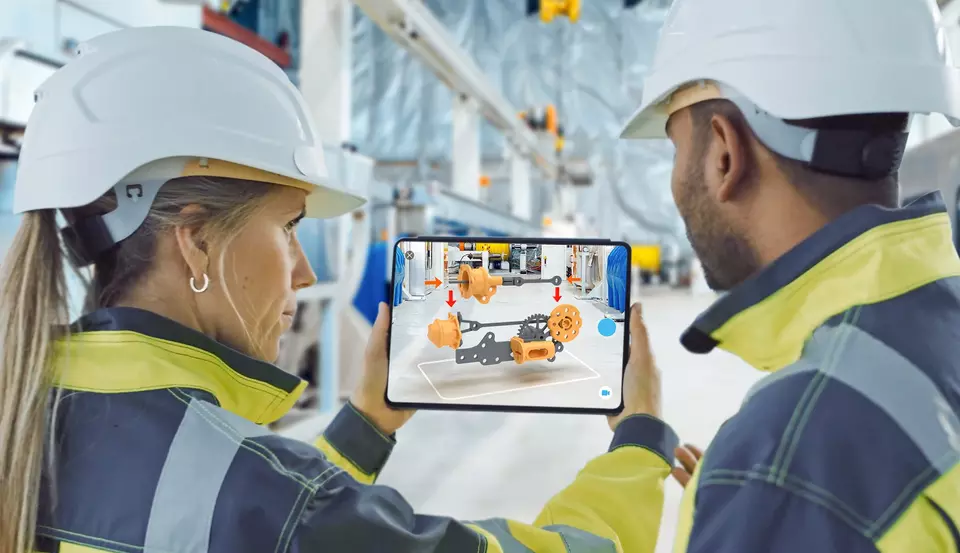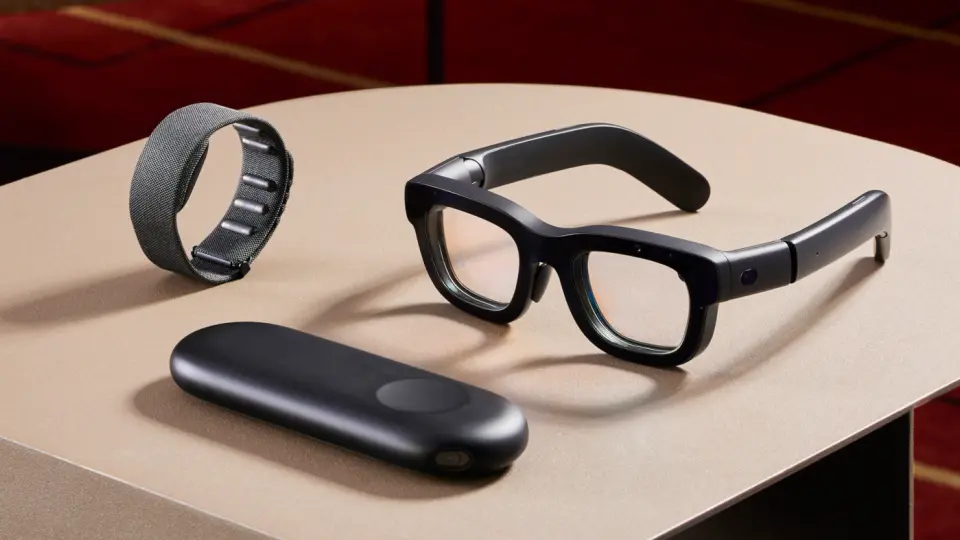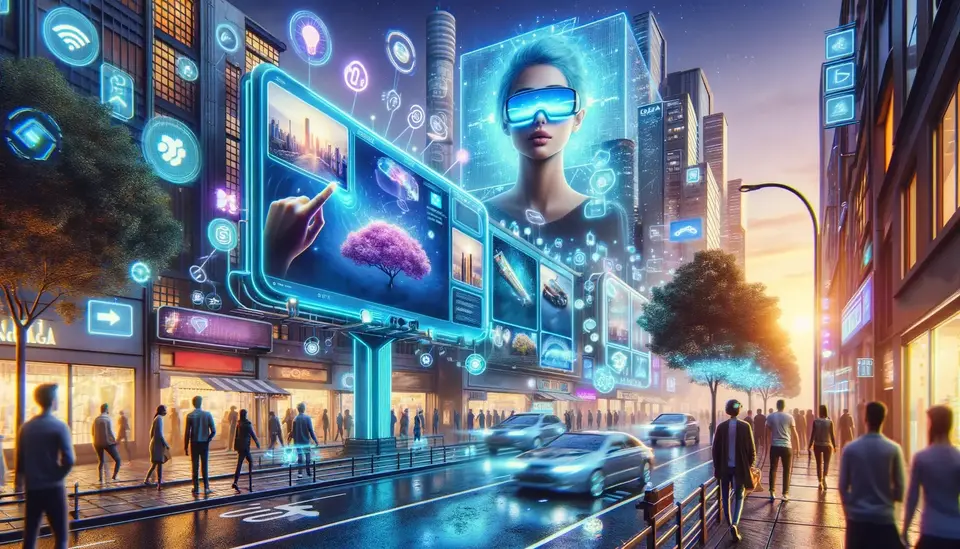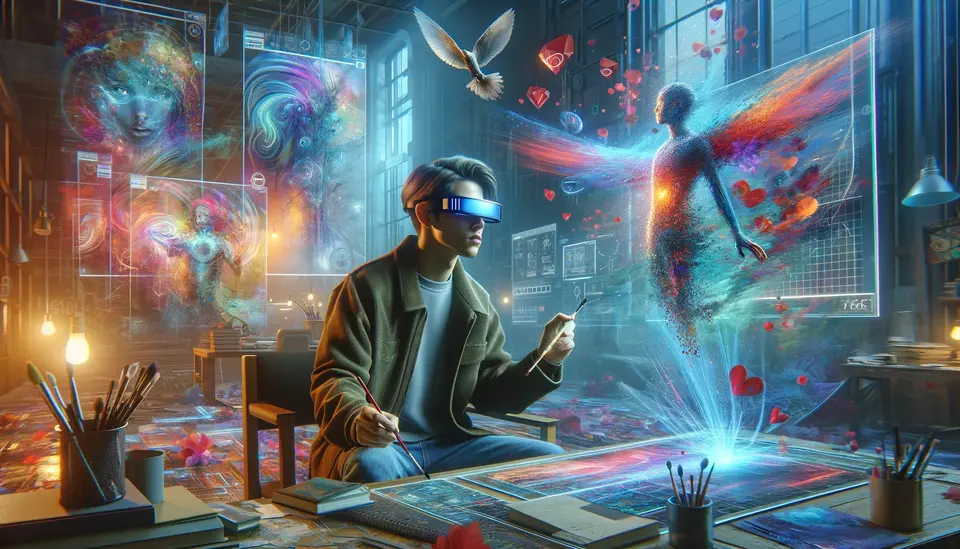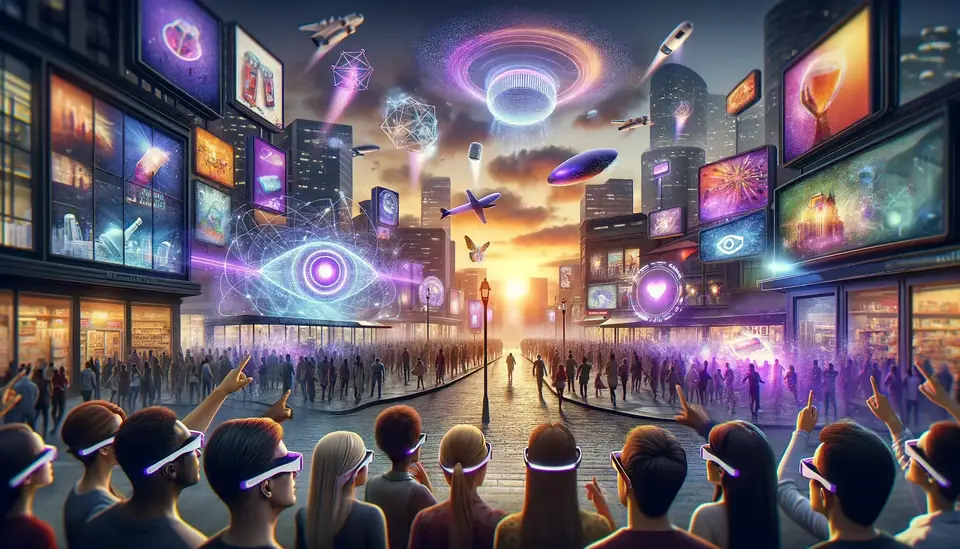Using Augmented Reality (AR) in the Remote Assistance
Posted on July 23, 2023 7 minutes 1310 words
Table of contents
In a world where technology evolves faster than the blink of an eye, remote assistance has emerged as a saving grace for countless businesses and industries. Whether it’s for maintenance, troubleshooting, or training, the capacity to support operations from afar has become essential. At the heart of this evolution lies a groundbreaking tool: Augmented Reality (AR).
Understanding Augmented Reality (AR) in Remote Assistance
Before we delve into its applications, let’s define what Augmented Reality is. AR is a technology that superimposes a computer-generated image on a user’s view of the real world, offering an enhanced perception of reality. In the realm of remote assistance, AR overlays digital information onto the physical environment, effectively bridging the gap between digital data and the physical world.
Imagine a technician trying to repair a complex machine. Using AR, an expert can guide them remotely, providing real-time, interactive support that overlays onto the task at hand. In this way, AR has transformed remote assistance from a simple voice or video guidance to an interactive, real-world oriented experience.
AR in Remote Assistance: The Benefits
The integration of AR into the remote assistance landscape has been transformative, leading to a host of benefits that affect not just productivity but also overall business performance. Here are some of the most compelling benefits:
1. Increased Efficiency and Time-Savings
AR can drastically reduce the amount of time spent on troubleshooting and problem-solving. By enabling users to access immediate, interactive support that directly relates to their physical task or environment, downtime is minimized. The need for lengthy explanations or back-and-forth communications is also reduced, leading to faster resolution of issues and increased productivity.
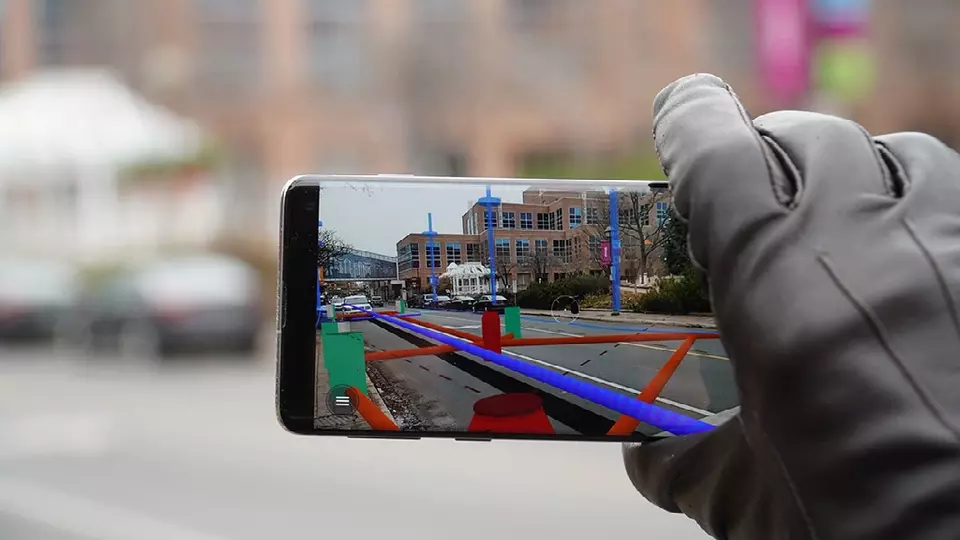
2. Enhanced Understanding and Clarity
The visual element introduced by AR significantly reduces the possibility of misunderstanding instructions or information. Rather than relying solely on verbal descriptions or written instructions, users can overlay visual aids and instructions onto the real-world task at hand. This not only makes the process more intuitive but can also lead to better outcomes, as it ensures that the task is completed correctly the first time around.
3. Cost Reduction
AR has the potential to significantly reduce operational costs in several ways. First, by eliminating the need for experts to physically visit the site for assistance, travel and accommodation costs can be minimized. Second, the speed at which issues can be resolved leads to efficiency savings, reducing the cost per service incident. Finally, by improving the success rate of first-time fixes, AR can reduce the number of repeat service calls, further reducing costs.
4. Workforce Safety
In industries where tasks may involve high-risk environments or potentially dangerous equipment, AR can provide a safer alternative for training and assistance. Workers can be guided through procedures step-by-step, with real-time input from experts, minimizing the risk of accidents.
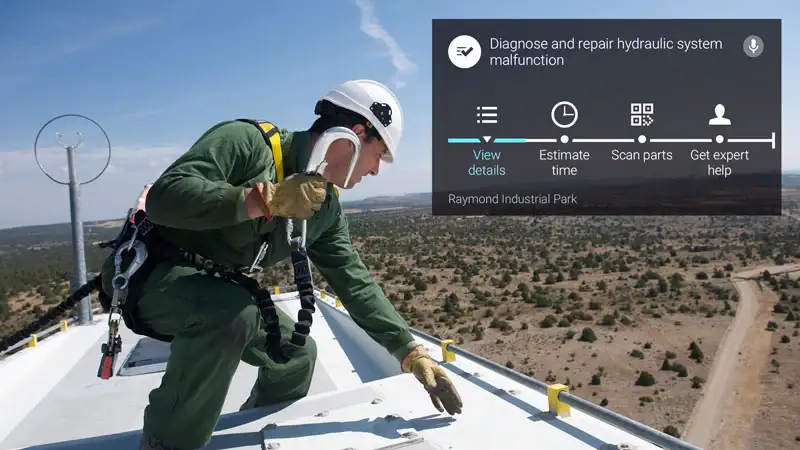
5. Better Training and Knowledge Transfer
AR serves as a powerful tool for training staff, especially in complex or specialized tasks. By allowing users to visualize each step of a process within their actual environment, learning and retention are improved. This not only enhances worker proficiency but also facilitates knowledge transfer, as the same AR training modules can be used to train multiple employees.
6. Improved Customer Satisfaction
From a client’s perspective, AR can offer faster, more effective service - leading to increased customer satisfaction. This is especially true for industries where downtime can be particularly costly or disruptive. By providing real-time, effective solutions, businesses can strengthen their customer relationships and enhance their reputation.
7. Data Collection and Analytics
AR technology, especially when combined with other technologies like IoT, can collect data about the task being performed. This can be used for later analysis to identify trends, common issues, or areas where further training may be needed. This data-driven approach can help organizations improve their processes and service over time.
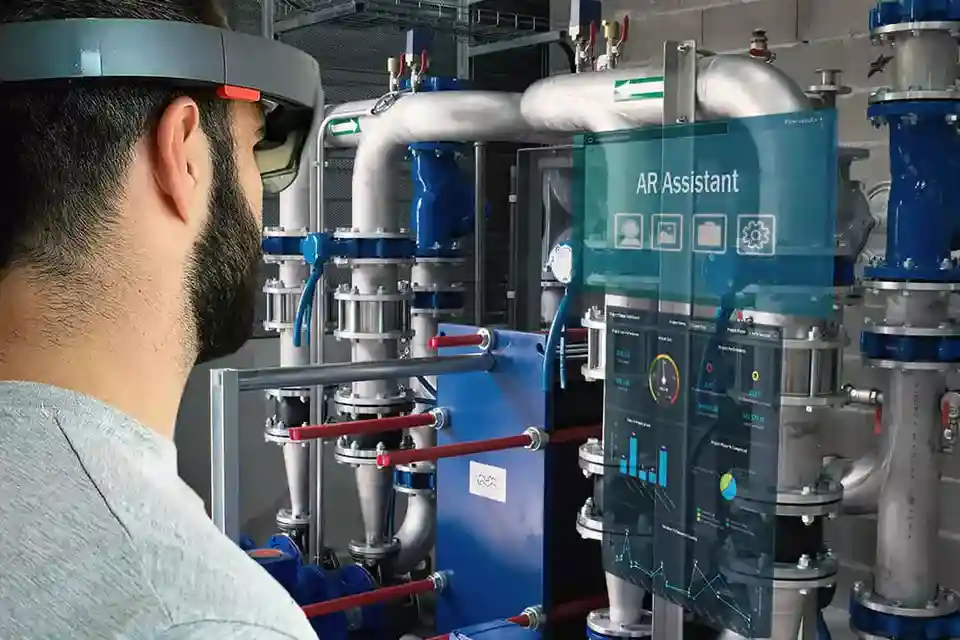
Real-World Use Cases of AR in Remote Assistance
AR technology is revolutionizing the way we approach remote assistance across a multitude of industries. Here are some examples:
1. Manufacturing and Industrial Maintenance
On complex assembly lines, identifying and fixing errors can be a daunting task. With AR, a remote expert can guide on-site technicians through the process, overlaying digital images onto the real-world environment to identify problem areas and demonstrate how to fix them. Companies like Siemens have already implemented AR in their service operations to provide real-time guidance, reducing equipment downtime and improving productivity.
2. Healthcare
AR has been adopted in the healthcare industry in numerous ways. Surgeons are using it to superimpose digital images on the body to assist with complex procedures. AR can also provide remote support for diagnostics and treatment plans, enabling healthcare professionals to share their expertise globally. For example, the Proximie platform allows surgeons to guide each other through procedures, despite being miles apart.
3. Education and Training
AR provides a unique learning experience that enhances engagement and comprehension. In remote teaching, an instructor can use AR to demonstrate complex ideas or processes visually, increasing students’ understanding. Companies like Google have already launched AR initiatives, such as the Google Expeditions AR program, aimed at enhancing classroom learning experiences.
4. Automotive Industry
Car companies are using AR to assist with vehicle maintenance and repair. For instance, Porsche has an AR-based system called “Tech Live Look,” which allows remote experts to see exactly what service technicians are seeing, guiding them through the repair process and reducing service times.
5. IT Support and Services
AR can simplify the IT troubleshooting process by offering visual guidance on how to resolve technical issues. Instead of describing complex processes over the phone, support personnel can use AR to overlay step-by-step instructions onto the user’s view of the hardware or software in question, simplifying the resolution process and minimizing downtime.
6. Field Services
Companies offering services like utilities, telecommunications, or HVAC systems can leverage AR to guide field technicians. With AR glasses, technicians can receive step-by-step visual instructions while keeping their hands free to work on the task, reducing service times and improving first-time fix rates.
7. Construction and Architecture
AR can help architects and construction workers visualize a finished project in the actual environment before it’s built. This can help identify potential issues and assist in project planning. Additionally, AR can be used for remote inspection, allowing a remote expert to guide an on-site worker through an inspection process.
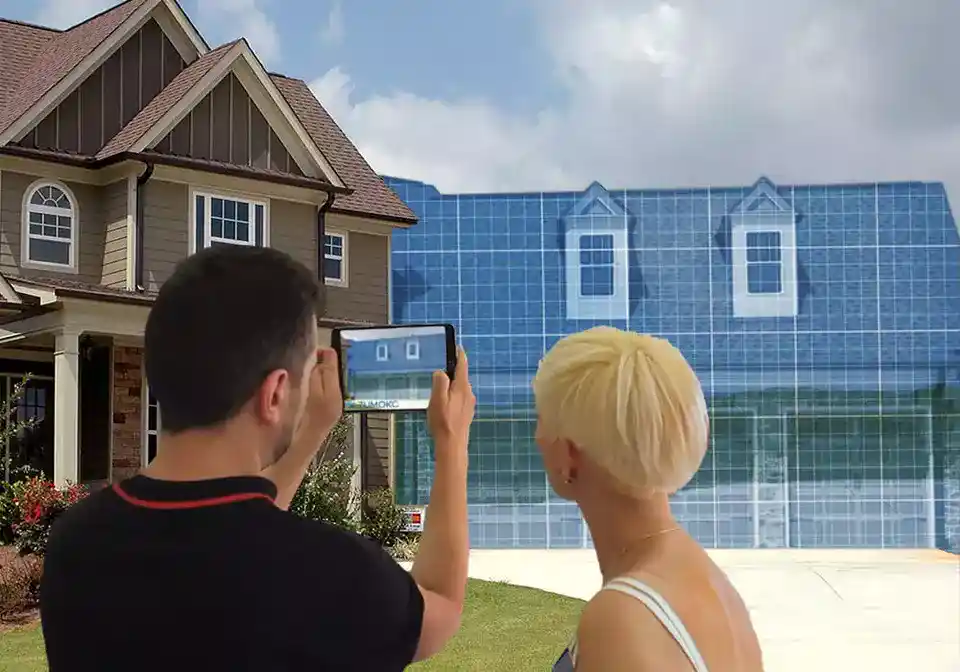
8. Retail and E-Commerce
AR helps customers virtually try out products before buying or get remote assistance for product setup or troubleshooting. Ikea, for example, offers an AR app that lets customers see how furniture will look and fit in their homes.
Future Prospects of AR in Remote Assistance
AR is in its infancy, and its potential for growth is enormous. Future advancements could include more immersive AR experiences, the use of AI to automate some aspects of AR-based assistance, and seamless integration with other emerging technologies like 5G and IoT. As these technologies mature, we can expect AR to become even more integral to remote assistance.
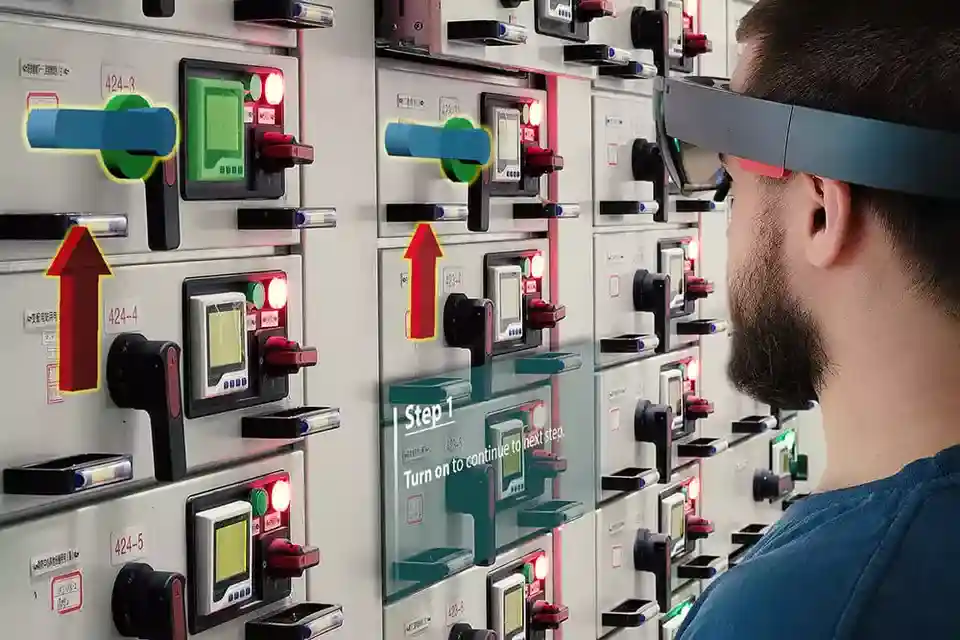
Challenges and Solutions
Like any technology, AR comes with its set of challenges. These include the cost of AR hardware, the need for high-speed internet connections, and the technological savvy to use it effectively. However, as technology evolves and adoption rates increase, these challenges will likely decrease.
Furthermore, there are potential data security concerns, as AR may require access to sensitive information. Organizations must ensure robust cybersecurity measures are in place to safeguard their data.
Conclusion
The transformative potential of AR in remote assistance is clear. With the continuous advancements in technology, we can expect AR to play an even more pivotal role in shaping the future of remote assistance across various sectors. It’s more than just a technological trend; it’s a powerful tool that’s redefining how we offer and receive assistance in the digital age.

